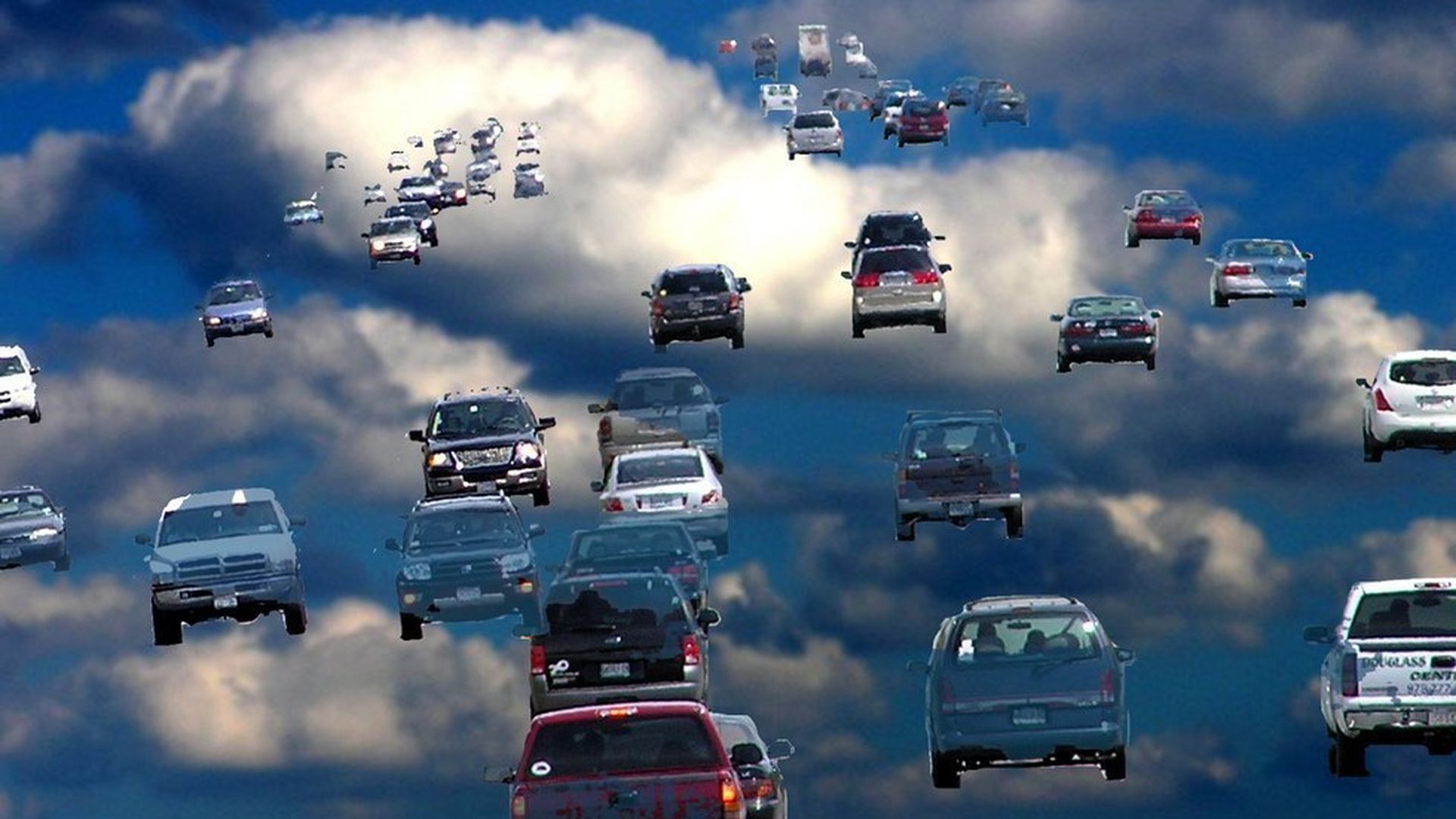Around 20 years ago, the concept of flying cars was widely supported by both common and popular folks. From movies, comics, and novels, the excitement for such futuristic vision was very prominent as it represented a very promising and interesting lifestyle – something that the older generation swoons over. I mean, we can’t blame them, who wouldn’t want to live in a world where everything is much easier?
And now with the recent announcement of Uber’s flying taxi project, it seems as though that world is within our reach. Several transportation companies have created a few prototypes and some have actually been officially released to the public.
However, it’s not just the concept of flying cars that is getting a taste of reality – but the public as well.
You see, in this technologically advanced world where information is no longer confined within movies, books, and television, people have started to realize the flaws of flying cars. Public concern has started to shift from what is cool to what is necessary for society. The longer you look into the subject matter, the more nonsense it becomes. In other words, what was once a heavily approved idea has now become an object of ridicule.
If you’re wondering why that is, then you’ve come to the right place! Today, we will be listing a few reasons why Uber’s flying taxi (or the general thought of flying cars, for that matter) is not just a bad idea, but a literal recipe for disaster.
Flying taxis will simply bring traffic jams into the sky

Most people view flying taxis as the solution for the unsolvable road problems and ever-increasing traffic jams. However, it’s just not the case.
Traffic won’t be lessened, instead, it will just move up to the sky. Airmobiles will just introduce a new playing field for vehicles, hence, encouraging more cars to operate.
Imagine being the owner of the sole restaurant in a small village. You will have to cater to everyone in that locality once they decide to go out and eat. What that means is that the demand for your service is always high given that you are the only available restaurant. However, one day, a new restaurant has opened across the street. Will that minimize the demand of your restaurant? Maybe. But the number of people going out to eat either remains constant or it increases. Why? it’s because they’re just in another place. But that doesn’t mean that decreased the number of customers.
Just like in flying cars, vehicles have simply moved out to a different area. And now, not only will we have traffic jams on land, but we’ll have a sky filled with swarms of miniature helicopters, too! Isn’t that a beauty?
Who’s gonna fly this thing?

As of now, it’s unclear whether Uber will hire pilots or have it automated. If they’re going for the first option, then they might have to face a few problems. There’s already a shortage of pilots in the industry, and even if Uber hires professional taxi drivers as an alternative, it’s just not safe and practical. (But if Uber does end up doing so, I’ll have to say I’m not surprised. The company is notorious for its unethical and highly questionable hiring process for their drivers).
As for a self-driving taxi, it’s definitely going to get a few frowns and raised eyebrows from skeptics. After all, flying cars in general appeals most to the older generation, and you can’t simply expect them to trust their life to a robot. Also, even with the advancement of technology that we have today, we still have a lot to learn and discover.
Physics does not approve

Uber claims to have their flying taxis equipped with batteries. While it’s nice to know that they’re not relying on gasoline for energy, however, these batteries are quite the size and weight. Hence, it would take a lot of energy to lift a heavy object vertically into the air. And that’s just the battery being taken into consideration – how about the passengers? The more people inside the vehicle, the faster the battery drains.
Therefore, having an electric-powered vehicle that quickly drains its energy is practically useless. To stay up, an aircraft has to push air down. It can do that my pushing a little bit of air very fast, like a helicopter rotor, or a lot of air down a little bit, like an airplane wing. Having that said, it’s definitely going to be a fuel hog to keep up with the energy consumption.
So just imagine having to use a phone that dies quickly. Not only is it going to be a great inconvenience to people, but it’s also going to waste a lot of money.
Flying taxis disturb the environment

Let’s state the obvious matters. More carbon footprint, noise pollution, and disturbance. Remember that these flying taxis have rotors or some other form of big fans in order to take off, thus, creating a vast amount of both noise and air disturbance.
So if you already can’t stand the obnoxious horns and beeps of impatient drivers, then you’re going to live a sadder life once these flying taxis finally find their way to the air.
It’s not as feasible as Uber claim it to be

Uber is a controversial company, that’s no secret. And when they announced that they will be rolling a fleet of flying taxis next year, it was just too overpromising – which is typical of Uber.
In fact, the company have brought out the big guns for this project – experienced professionals in the field of aviation – and yet, the project still yielded very limited results. In other words, Uber’s vow to launch a full-functioning flying taxi in 1 year—and an autonomous version shortly after – is laughable.
“That combination might be feasible in 2100,” says Richard Aboulafia, an aviation analyst with Teal Group. “But the idea of it happening in the next few decades? No.”
So… what now?
As much as we would like to deny it, flying cars is a vision that will remain (and should remain) the stuff of fantasy. Unless we’re socially, economically, financially, and technologically prepared for it, then I see no reasons why we should pursue such vision. Companies seem to be forgetting the main reason why they should be offering these services in the first place. It shouldn’t be for the sake of modernism, or to earn profit, but to give the public the best transportation service that our technology can provide.
Follow us on our Facebook and Twitter pages for the latest stories, products & updates.




















